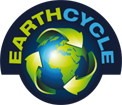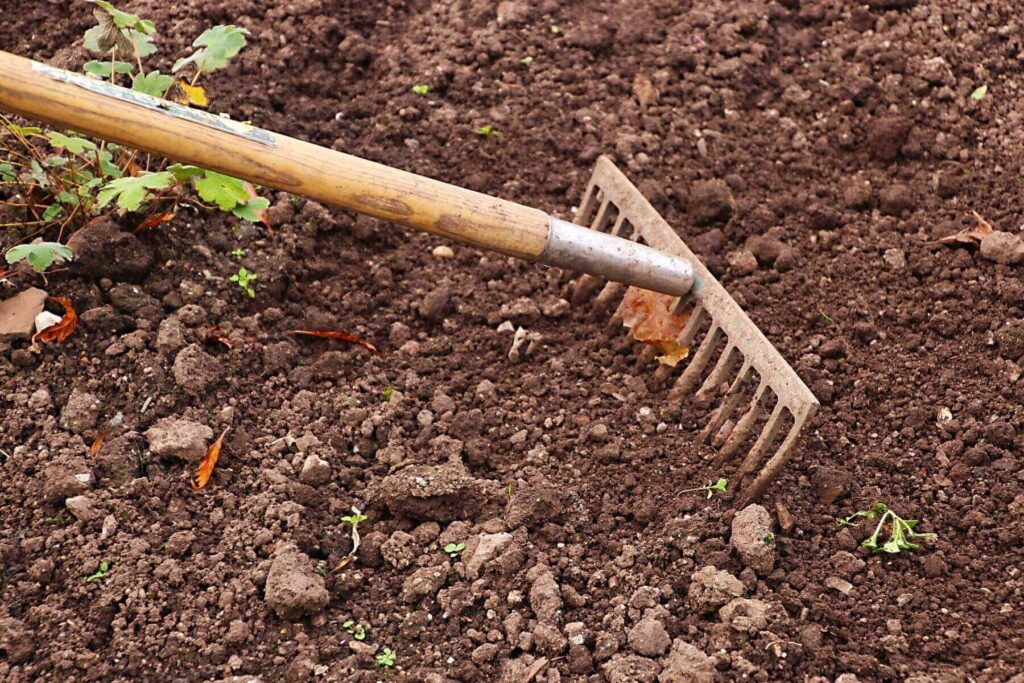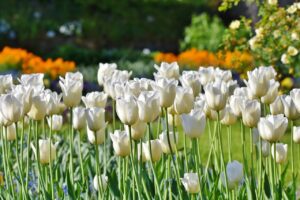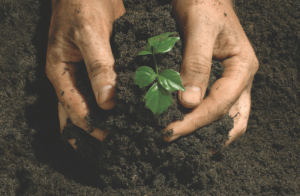Understanding the specific elements which make up your garden is critical to understanding what soil you should use where in your garden. Following our handy guide and top tips, we’ll help you start to understand your garden so you can use the right materials in the right place to grow the right plants.
What is soil?
Basic terms such as ‘soil’ or ‘mud’ don’t give credit to the intricacies of such a wonderful matter! Soil is made up of a mixture of minerals, organic matter, air and water and is a living and complex ecosystem supporting plants, animals and humans. The varying amounts of the ‘ingredients’ that make up the soil refers to the type you have.
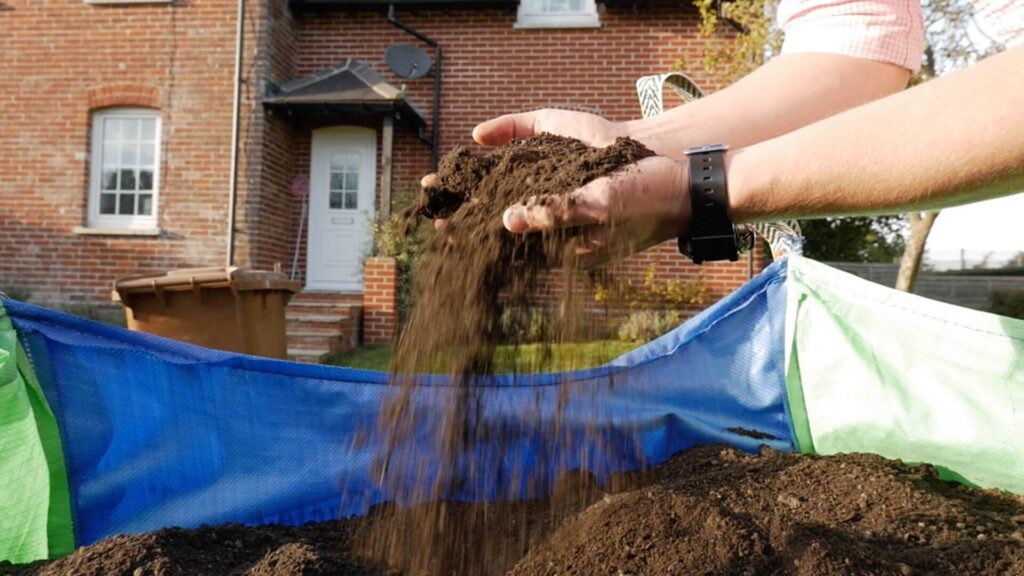
What type of soil do I have?
The makeup of your soil’s ingredients is what makes the several different types of soil. Understanding what you currently have will help you improve it. Get your hands dirty and handle your soil to determine what you are working with so you can find out what soil is best for your plants:
- Clay soil is heavy and will hold its shape when you roll it into a sausage shape – check out our blog on how to improve clay soil if this is the type of soil you have.
- Sandy soil will feel ‘gritty’ and won’t stick together when it’s squeezed.
- Chalky soil will have lumps of white chalk, stones or even flint.
- Loam is a good mixture of sand and clay and will feel like flour when it’s dry.
Your soil will also have a pH value and a widely available, simple test will tell you what it is:
- A pH of 7.0 is neutral.
- Acidic soil will have a level below 7.0.
- Alkaline will have a level above 7.0.
Although there are specific acid (ericaceous) or alkaline-loving plants, most plants prefer a neutral soil which allows nutrients to be absorbed into their root system. The majority of our Earth Cycle products fall into this neutral range.
No matter what soil you have, and at what pH level, you can create a successful garden with plants that thrive.
Compost vs Topsoil
Let’s look into the difference between compost and topsoil so you can pick the right product for your project:
- Compost is a product, rich in nutrients, which breaks down gradually, releasing these nutrients into the soil.
- Topsoil, the upper layer, has a more mineral content with added sand, improving the structure and texture of your soil.
Using the two together is the best approach for most areas in your garden.
Mulch
Mulch is rich in organic matter and should be applied in a thick layer, ideally 5cm, to the surface of any soil to improve the health of the soil, help retain moisture and suppress weed growth. Ideally, you’ll need to do this in early spring and again in the winter.
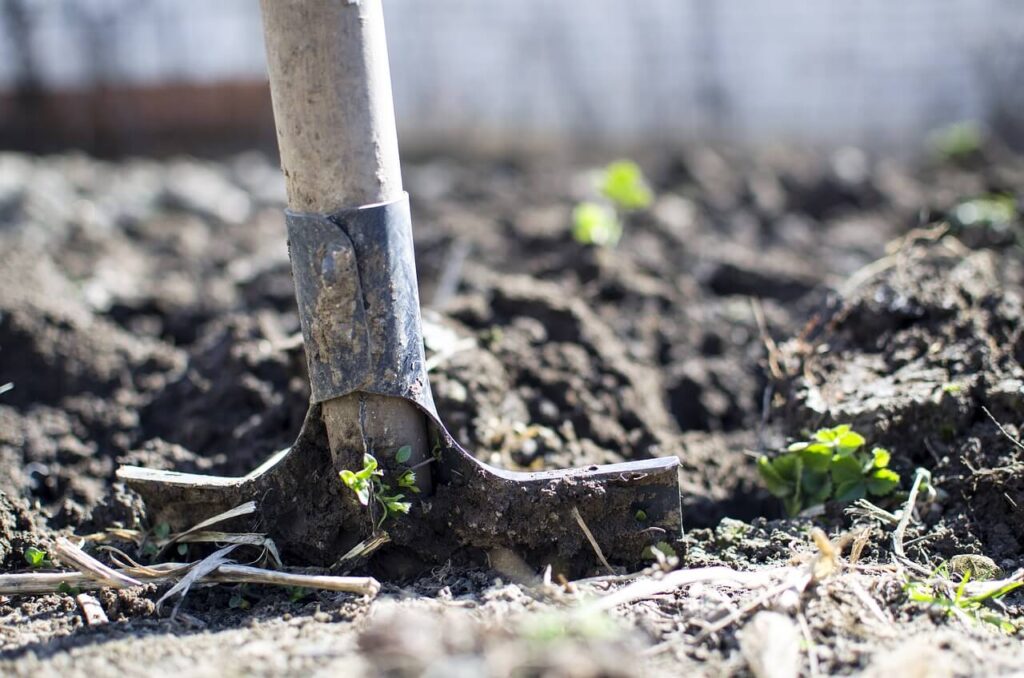
What soil where?
So, now that you know the difference between soil, compost and mulch and how to determine what soil you might have, let’s look into where you can use different topsoils. Working out which of these products is best for each project of your garden has been broken down into our easy-to-use guide – What Product Where?
Shop our topsoils
Browse our range of peat-free topsoils for your gardening project.
